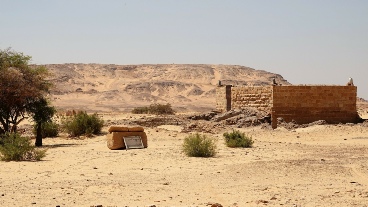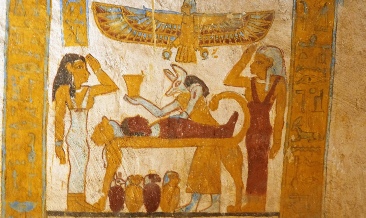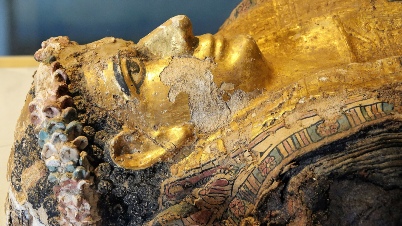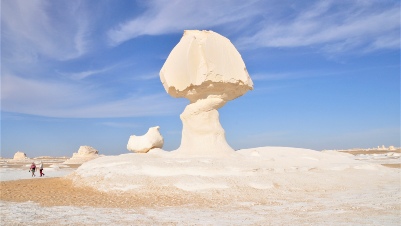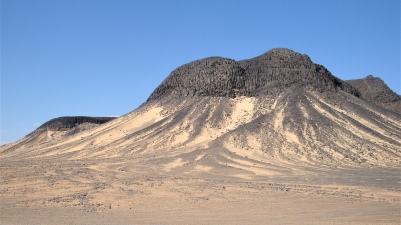
El Beyt
Farm Hotel - Oasis Bahariya
Bahariya is one of the five major oases of the Western Desert and lies app. 370 km southwest of Cairo. The depression is enclosed by black hills, testimony to rich iron ore deposits in this area, and is watered by numerous springs, among them Bir Matar and Bir al-Ghaba. Bir Beshmu is a well providing hot water since Roman times! The neighbouring village al-Qasr was built on the ruins of a 26. dynasty temple. From the top of Gebel Miysrah or Gebel Dist one has a panoramic view across the fields and palm gardens as well as the surrounding desert. Crops consist of dates, olives, apricots and fodder for the numerous cattle and camels.
|
Temple of Alexander, southwest of Bawiti, is one of the few places in Egypt where Alexander the Great’s cartouche has been found.
Tomb of Bannentiu: This tomb consists of a four-columned burial chamber with an inner sanctuary and is covered with beautiful reliefs depicting Bannentiu in various positions with the gods. |
|
The mummies found in the tombs in Bahariya Oasis during the Roman period show that people were wealthy during that time, as they could afford gilding and cartonnages with beautiful scenes. Mummy find in the Valley of Golden Mummies is now in el-Bawiti Museum in Bahariya. |
© El Beyt Hotel 2022
|
|
Swimming pool |
|
|
|
|
|
|
Surrounding the Western oases are areas well known for their scenic beauty, which provide ample opportunity for walking trips, accompanied by pack or riding camels. There is, for example, the “Wadi Mushroom”, with its typical white limestone formations resembling mushrooms, which is only a part of the White Desert. Then there is Djebel el Makhroum, a rock formation with a natural hole, and its surroundings, as well as Khayyam el Inglis with its tent-shaped rocks.
 Jebel Dist has a remarkable view of palm trees surrounded by dunes. Jebel Maghrafa, known as a prehistoric site of dinosaur remains, has a camel breeding farm which welcomes visitors. Jebel Ghurabi is a great location for a short hike or a picnic.
Jebel Dist has a remarkable view of palm trees surrounded by dunes. Jebel Maghrafa, known as a prehistoric site of dinosaur remains, has a camel breeding farm which welcomes visitors. Jebel Ghurabi is a great location for a short hike or a picnic.
|
|
|
The Black Desert is closer to Bahariya than Farafra; approximately 50 km to the South of Bawiti. The mountains have eroded to coat the desert with a layer of black powder and rocks giving it its name. Towards the end of the Black Desert are black volcanic hills that ages ago erupted a dark volcanic material called dolerite, which is what the black rocks are made of. Climb up the English Mountain which is the highest point in the Black Desert and you will be awarded with an amazing view of the strange landscape.
Lake Marun is one of many salt lakes scattered all over the Western Desert of Egypt. Lake Marun is known as an important stopover for migratory birds and it is also a perfect spot for stunning sunset photos.
© El Beyt Hotel 2022
